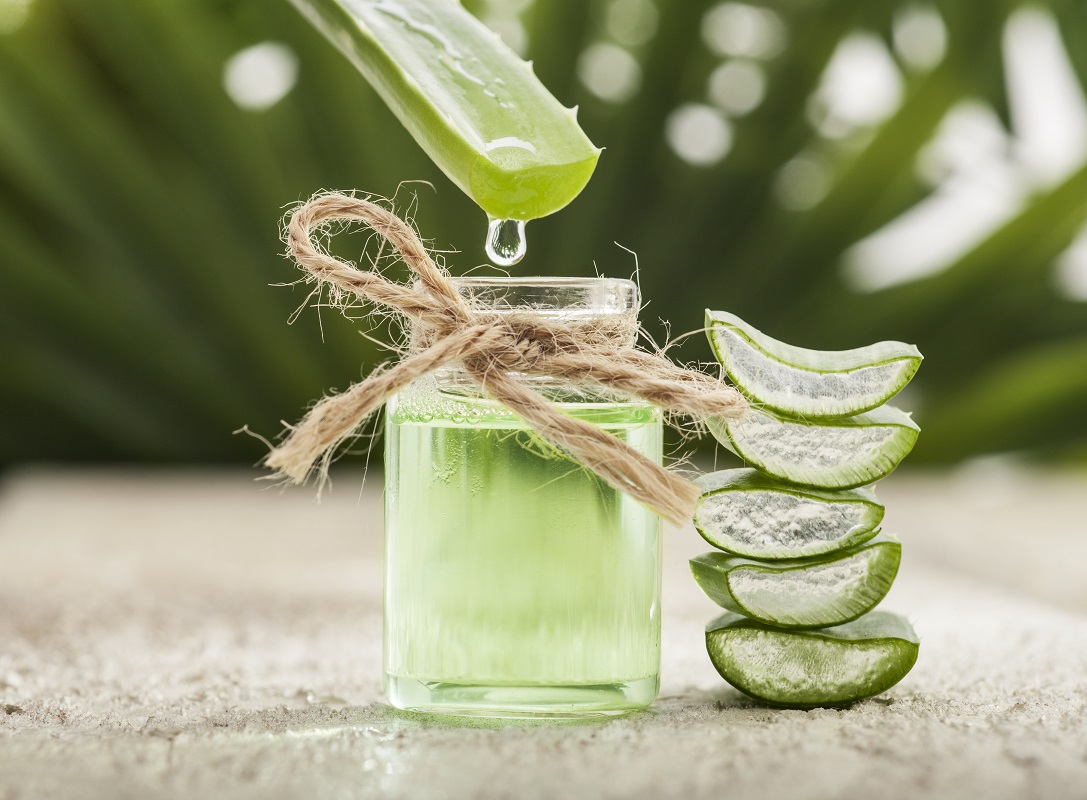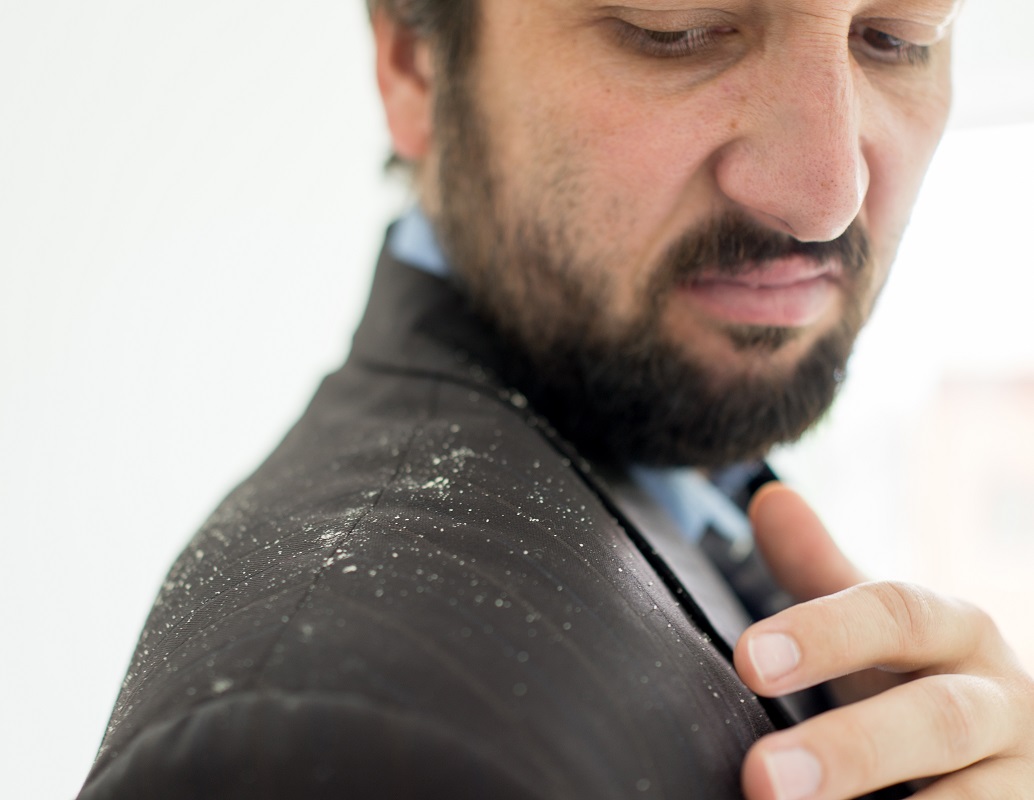Many people may suffer from dandruff and/or dry scalp at some point in their lives. Although these two conditions often have similar symptoms, they can be caused by different factors.
In this article, we’ll be breaking down the science behind what causes dandruff vs dry scalp, as well as how to heal your scalp microbiome with simple, effective treatments and lifestyle changes.
What Causes Dandruff?
Dandruff is caused by an imbalance of scalp oils, dry skin, or overgrowth of the non-contagious yeast Malassezia. It can also be caused by an oily scalp, seborrheic dermatitis, or certain medical conditions. It usually presents as flakes on the scalp and can be either oily or dry – both dandruff types often cause itching and irritation.
Oily dandruff is marked with greasy, yellowish patches, and people usually have oily scalp dry hair, whereas dry scalp appears as white flakes and may also be accompanied by red, itchy areas. Dry scalp vs dandruff pictures can help differentiate between the two conditions. While there are several possible causes for both types, treatments are available to reduce symptoms and improve overall scalp health.
What Causes Dry Scalp?

It can be caused by environmental conditions, diet, or stress. A dry scalp in winter is caused by low humidity levels and cold air that can strip your scalp of natural oils, leading to flaking and dryness.
Other common causes include nutritional deficiencies, harsh hair treatments such as bleaching or dyeing, blow drying the hair excessively, using too many styling products (like hairspray or mousse), wearing tight hats or helmets that trap sweat against your head for long periods, and even certain skin disorders like psoriasis. Additionally, some people are more prone to dry scalps due to genetics.
Does my Shampoo Cause Dandruff or Dry Scalp?
It is possible that your shampoo could be contributing to dandruff or a dry scalp. Dandruff, also known as seborrheic dermatitis, occurs when the scalp becomes irritated, often due to an overgrowth of yeast on the skin or an inflammatory reaction.
A dry scalp can occur due to dehydration of the skin from over-washing and not enough natural oils being produced. If you can identify these symptoms, it’s important to look into what might be causing them – and if your shampoo is part of the problem.
Dandruff vs Dry Scalp: How Can You Tell The Difference?
Dandruff and dry scalp can often be confused, but there are some key differences. A dry scalp is usually characterized by flakes of skin that are generally small, white, and appear powdery. In contrast to dandruff, a dry scalp rarely causes itching or redness.
Dandruff, on the other hand, is generally made up of larger, yellowish flakes that may feel oily or waxy to the touch. It can also sometimes lead to an itchy, red scalp. Also, dandruff on a bald head has been known to occur when the oil glands overproduce sebum (skin oil).
Symptoms of Dry Scalp vs Dandruff
The symptoms of dry scalp typically include:
- Itching
- Tightness
- Flakiness
- A feeling of dryness or roughness in the scalp area
On the other hand, dandruff is characterized by large, white, or yellow flakes that appear on the scalp and often fall onto the shoulders or clothing.
Dandruff can also cause:
- Itching
- Redness
- Greasy or oily feeling on the scalp
While dry scalp and dandruff can be frustrating and embarrassing, it’s important to understand the differences between these conditions to properly treat them and achieve a healthy, balanced scalp.
When to See a Doctor?
If you have been dealing with dry scalp and/or dandruff for an extended period, it may be best to consult your doctor. And if you notice that your scalp is severely itchy, red, or inflamed, you must see a doctor.
Your doctor can help diagnose the cause of your symptoms and provide a treatment plan that is suitable for your needs. They may also recommend certain over-the-counter products or suggest lifestyle changes that can help reduce flare-ups. Sometimes, people may need medication to alleviate more severe symptoms such as inflammation or itching. Seeking medical advice from your doctor is the best way to ensure the most effective treatment for your condition.
Diagnosis
The diagnosis of dandruff and dry scalp can often be tricky as the symptoms are very similar. However, a proper diagnosis will help determine if your condition is due to dry scalp or dandruff so that you can get proper treatment to manage your symptoms effectively. Your doctor may perform a physical examination of your scalp and ask questions about any known allergies or other medical conditions.
Treatment Options

The good news is that both dandruff and dry scalp can be effectively treated with a range of solutions. For a dry scalp, one of the best remedies is to keep the scalp hydrated by regularly washing it with a gentle, moisturizing shampoo and conditioner. Using a humidifier at home and avoiding excessive heat styling tools can also help maintain scalp moisture.
For dandruff, medicated shampoos containing ingredients like ketoconazole, coal tar, or selenium sulfide can be effective in reducing the overgrowth of yeast or bacteria on the scalp. Also, scalp oil for dandruff might be a good choice for you.
In some cases, prescription-strength treatments may be recommended by a dermatologist. Additionally, maintaining a healthy diet and managing stress levels can also help improve the overall health of the scalp and reduce symptoms of both dandruff and dry scalp.
Natural Remedies
Natural remedies for both conditions include using essential oils such as tea tree oil, jojoba oil, or lavender oil in combination with coconut or olive oils. These help maintain a healthy pH balance on the scalp and provide nourishment for skin cells.
Applying aloe vera gel to the scalp helps soothe irritation from either condition and leaves it feeling refreshed. Finally, regularly washing your hair with gentle shampoos and natural cleansers serves to remove the dirt, oil, and bacteria that can build up on the scalp. These simple remedies can help you keep your scalp healthy, no matter the cause of irritation.
Prevention
Prevention is the best way to combat both dandruff and a dry scalp. To prevent dandruff, use a gentle shampoo every other day or less often as possible. Make sure to regularly brush your hair and scalp with a clean bristle brush; this will help remove any existing dandruff flakes and can also help distribute natural oils throughout your scalp for added nourishment.
For those with a dry scalp, start by avoiding harsh chemicals like sulfates which can strip the skin of its natural oils. Instead, choose shampoos with moisturizing ingredients. Deep conditioning treatments are also recommended to help hydrate your scalp and replenish lost moisture. Additionally, use lukewarm water, as hot water can further dry out the skin. Lastly, try to avoid using too many styling products or heat treatments, as these can also exacerbate a dry scalp.
How to Heal Your Scalp Microbiome?

Healing your scalp microbiome begins with an understanding of the health of your scalp. A dry scalp and dandruff can be a sign that something has gone wrong with the microbial balance on your head.
Fortunately, you can take steps to restore balance to the microbiome on your scalp. First, switch up your hair care routine. Consider using products containing natural ingredients such as aloe vera that help promote a healthy environment for bacterial growth.
You should also avoid excessive heat styling tools like blow-dryers or curling irons that can stress out the delicate bacteria living on your scalp. Finally, you should consider supplementing with probiotics or prebiotics to nourish the microbiome on your scalp.
Prebiotics feed beneficial species of bacteria, while probiotics deliver live cultures of beneficial microorganisms onto the scalp.
FAQs
Is it OK to use dandruff shampoo everyday?
Using dandruff shampoo every day is not recommended, as it can lead to dryness and irritation of the scalp. These shampoos contain active ingredients such as salicylic acid or zinc pyrithione that are effective in treating dandruff, but they can strip the scalp of its natural oils if overused.
Is it OK to wet my scalp everyday?
It is generally safe to wet your scalp every day as long as you are not using harsh products that can irritate your skin. Water alone does not harm your scalp, but hot water can strip your scalp of natural oils, leading to dryness and itching.
How often should a dry scalp be washed?
If you have a dry scalp, try not to wash your hair daily. It is recommended to wash it every two to three days with a mild, moisturizing shampoo and conditioner. Using lukewarm water instead can also help to prevent further dryness.
What are the do’s and don’ts for dry scalp?
Do’s:
- Use a mild, moisturizing shampoo, and conditioner
- Massage your scalp gently
- Use lukewarm water
- Apply a scalp oil or leave-in conditioner to nourish and hydrate the scalp
Don’ts:
- Use harsh shampoos or styling products
- Scratch or pick at your scalp
- Use hot water when washing your hair
- Expose your scalp to extreme temperatures
Is my dandruff dry or oily?
It is crucial to determine the cause of your dandruff to choose the appropriate treatment. If your scalp is dry and itchy, and your dandruff appears white and flaky, you likely have dry dandruff. If your scalp appears oily and your dandruff is yellow or greasy, you likely have oily dandruff.




